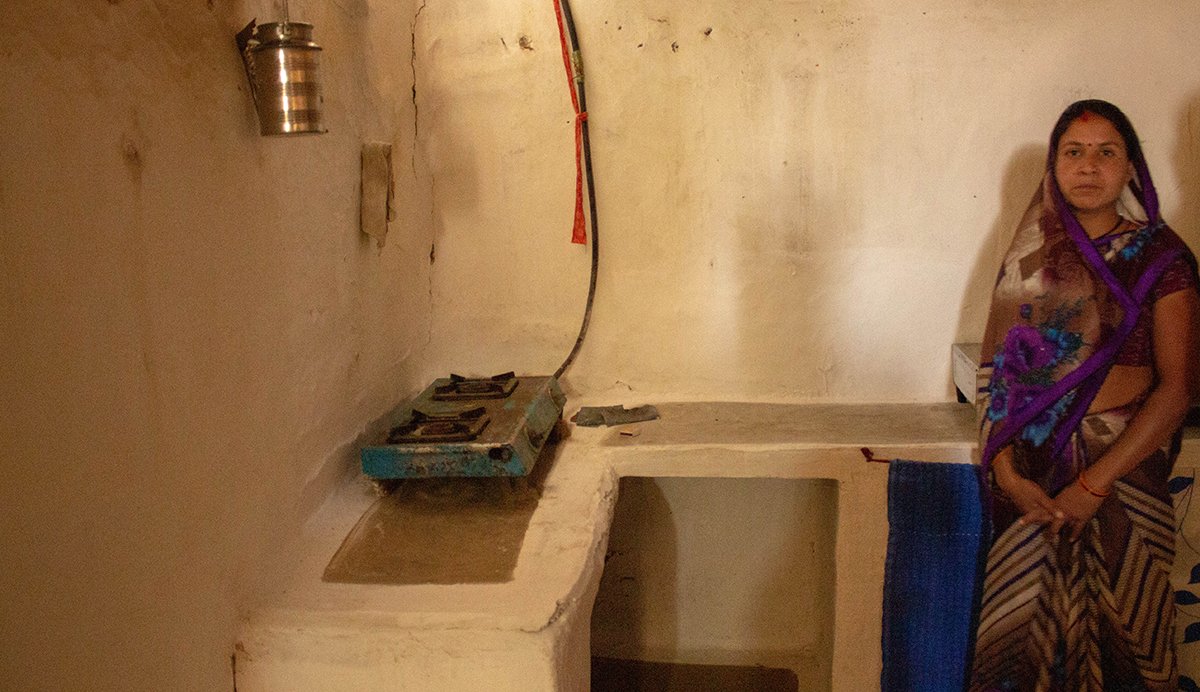Household Biogas in India
India
The biogas projects promote energy needs of cooking in rural households by replacing wood or kerosene as primary fuel for cooking. Biogas is a fuel that would substitute the traditional use of firewood, agricultural residues for household cooking and energy needs. To sustain their energy needs, a rural Indian household depends a lot on the use of low-cost fuel like firewood and kerosene. The present fuel dependency in project areas is largely on the use of firewood. This wood is sourced from the farm, the forest fringe, or purchased from local dealers, who source it from the forest. But traditional use of firewood has tremendous health implications on the user, which in most cases are women and children of the households. Each household utilizes cattle dung to feed the digester for the production of biogas. This leads to the reduction of greenhouse gas emissions by displacing conventionally used non-renewable biomass. Further, residue from the biodigesters can be used as organic fertilizer and can improve soil fertility in rural areas.
Background of Project
The Indian economy depends heavily on agriculture, ranking second worldwide in farm output. The estimated agricultural residues and cattle waste from the vast resources account to a huge potential in tapping biogas in the country. With an estimated 2 million households already accessing the facility of biogas, it has the further potential of about 17,000 MW and can fulfil the energy needs of rural India.
The Project
Biogas plants have been installed depending on the number of people and number of cattle available in each beneficiary household. The biogas plants are installed by local partners thus creating local employment opportunities. So far, more than 45,000 biogas plants have been installed through our projects. The major feed cattle dung is mixed with water and fed into the plant through the inlet chamber of the plant. This waste is converted into biogas with the help of anaerobic bacteria. The digested material, which comes out of the plant, is enriched manure.
The Benefits
The benefits to the environment include reduction in biomass consumption and emission of greenhouse gases, and conservation of forest and biodiversity. The local population benefits from employment creation and enhancement of technical skills during the production and installation of the plants. With smokeless cooking in their homes, women and children experience better indoor air quality and fewer incidences of smoke and fire-related injuries. Typically, in rural areas, women spend a lot of their time collecting wood for cooking; with the biogas plants, the daily drudgery of women is reduced drastically. In terms of hygiene and waste management, the cattle dung otherwise would have been left to decay in the open leading to methane emissions. The biogas thus generated replaces firewood that otherwise would have been used for cooking and heating purposes.








